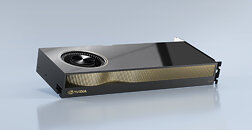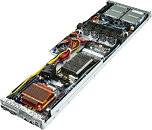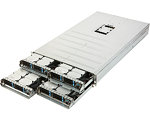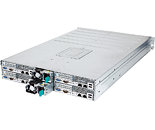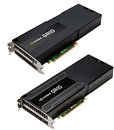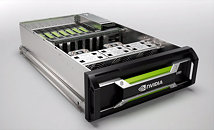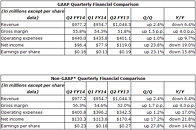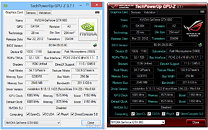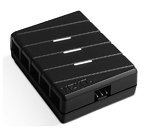NVIDIA today unveiled its RTX A6000 professional graphics card, the first professional visualization-segment product based on its "Ampere" graphics architecture. With this, the company appears to be deviating from the Quadro brand for the graphics card, while several software-side features retain the brand. The card is based on the same 8 nm "GA102" silicon as the GeForce RTX 3080, but configured differently. For starters, it gets a mammoth 48 GB of GDDR6 memory across the chip's 384-bit wide memory interface, along with ECC support.
The company did not reveal the GPU's CUDA core count, but mentioned that the card's typical board power is 300 W. The card also gets NVLink support, letting you pair up to two A6000 cards for explicit multi-GPU. It also supports GPU virtualization, including NVIDIA GRID, NVIDIA Quadro Virtual Data Center Workstation, and NVIDIA Virtual Compute Server. The card features a conventional lateral blower-type cooling solution, and its most fascinating aspect is its power input configuration, with just the one 8-pin EPS power input. We will update this story with more information as it trickles out.
Update 13:37 UTC: The company also unveiled the A40, a headless professional-visualization graphics card dedicated for virtual-GPU/cloud-GPU applications (deployments at scale in data-centers). The card has similar specs to the RTX A6000.
Update 13:42 UTC: NVIDIA website says that both the A40 and RTX A6000 a 4+4 pin EPS connector (and not 8-pin PCIe) for power input. An 8-pin EPS connector is capable of delivering up to 336 W (4x 7 A @ 12 V).







